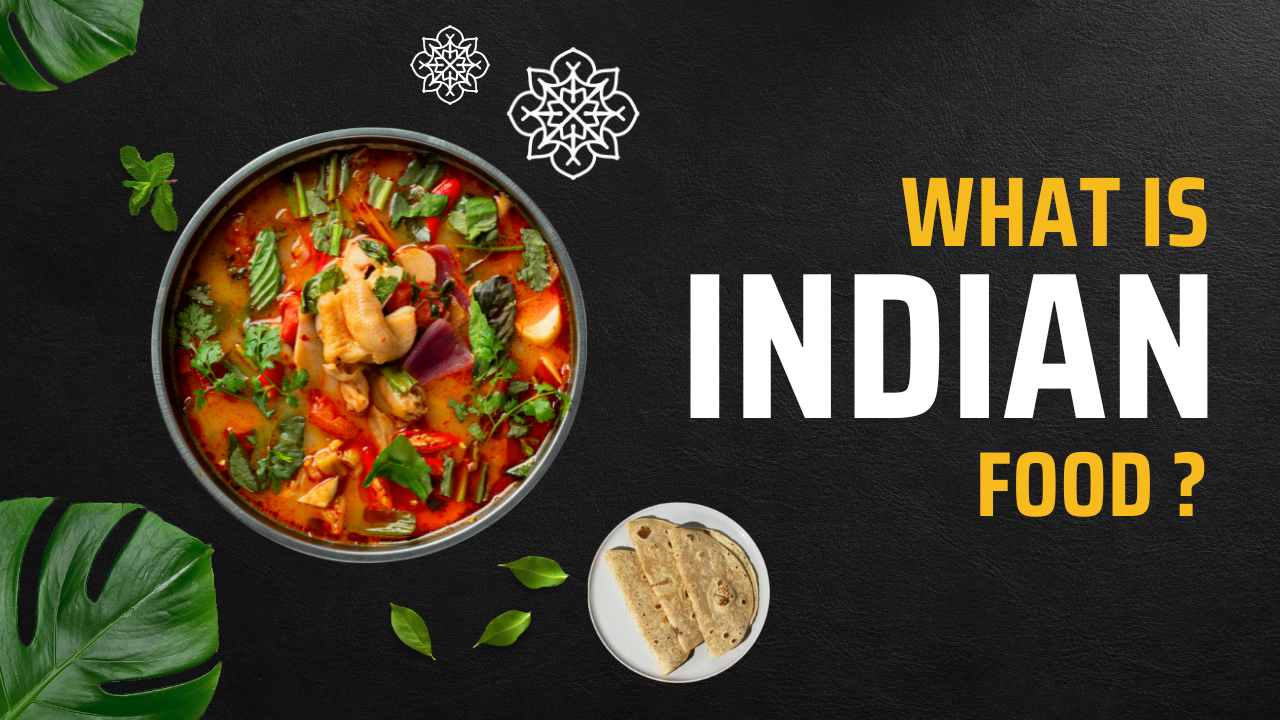Introduction to Indian Food
What is Indian food? It’s a vibrant and diverse cuisine that reflects the rich cultural heritage of India. With a variety of spices, ingredients, and flavors, Indian food is more than just a meal – it’s a blend of history, tradition, and a passion for taste. From hearty curries to light snacks, Indian cuisine offers something for everyone, no matter where you’re from.
Table of Contents
Historical Origins of Indian Food
The history of Indian food dates back over 5,000 years, influenced by invasions, trade routes, and various empires. Ancient India saw a rich use of grains, pulses, and dairy products, while the Mughals introduced rich gravies, kebabs, and biryanis. With the arrival of European traders, ingredients like chilies and tomatoes became integral to what we now know as Indian cuisine. This journey makes Indian food a true representation of global influences combined with local flavors.
Key Ingredients in Indian Cuisine
If you’re wondering what is Indian food, you can’t ignore the key ingredients that define it. Indian cuisine heavily relies on spices such as cumin, coriander, turmeric, and cardamom. Other staples include rice, lentils, and various types of bread like roti and naan. Each dish uses these ingredients to create complex layers of flavor, balancing spice, sourness, sweetness, and heat.
Regional Diversity in Indian Food
India is a vast country, and the food in each region reflects its geography, climate, and history. In the north, you’ll find rich and creamy gravies, while the south is famous for its rice-based dishes and coconut-infused flavors. Western India offers spicy street food, while the east boasts sweet delicacies. This regional diversity answers the question of what is Indian food – it’s not one cuisine but many.
Popular Indian Dishes
When someone asks, “What is Indian food?” many famous dishes come to mind. Dishes like biryani, butter chicken, masala dosa, and paneer tikka are popular both within India and globally. These dishes showcase the depth and variety of Indian food, with each recipe carrying its own unique preparation style and cultural significance.
The Role of Spices in Indian Cooking
Spices are the heart of Indian food. More than just flavor enhancers, they are often used for their medicinal properties in Ayurveda. Spices like turmeric and ginger offer anti-inflammatory benefits, while cumin aids digestion. Indian cuisine expertly balances the use of these spices, making every dish flavorful and nutritious.
Indian Street Food Culture
Indian street food is a world of its own, offering affordable yet delicious snacks like pani puri, samosas, and pav bhaji. This bustling street food culture reflects the innovative spirit of Indian cooking, combining taste, convenience, and local ingredients to create unforgettable culinary experiences.
Traditional Indian Cooking Methods
Traditional cooking methods are another key to understanding what is Indian food. From the tandoor (clay oven) used for cooking bread and meats to the slow-cooking method of dum (where food is cooked in its own steam), Indian cuisine relies on both ancient and modern techniques to bring out the best in its ingredients.
Festivals and Indian Food
Food plays a vital role in Indian festivals, with each celebration offering its own set of dishes. During Diwali, sweets like laddoo and barfi are shared, while Eid sees the preparation of rich, aromatic biryanis. Festivals in India bring families together, and food becomes a medium of celebration and connection.
Indian Food Abroad: Global Influence
Indian cuisine has crossed borders and is now enjoyed globally. Restaurants serving Indian food can be found in almost every major city around the world, with dishes like chicken tikka masala becoming household names. The global love for Indian food reflects its universal appeal, blending local traditions with international tastes.
Conclusion
So, what is Indian food? It’s more than just a set of recipes. Indian food is an expression of culture, history, and passion. From the humble street food stall to the global gourmet scene, Indian cuisine remains a source of pride for its richness, variety, and flavor want to read more food blog click here.
FAQs
1. What are the main ingredients in Indian food?
Indian cuisine uses a wide variety of ingredients, but key staples include rice, lentils, spices like cumin and turmeric, and dairy products like yogurt and ghee.
2. What makes Indian food unique?
The unique blend of spices and herbs, combined with regional diversity, makes Indian food unlike any other cuisine.
3. What is Indian food known for globally?
Indian food is known for its curries, bread, and tandoori dishes. Globally, items like biryani, samosas, and chicken tikka masala are particularly popular.
4. How do spices impact Indian food?
Spices are essential in Indian food for both flavor and health benefits. They add depth to dishes while also providing nutritional value.5. What is the best way to experience Indian food?
To truly experience Indian cuisine, it’s best to explore regional dishes, street food, and home-cooked meals during Indian festivals.
